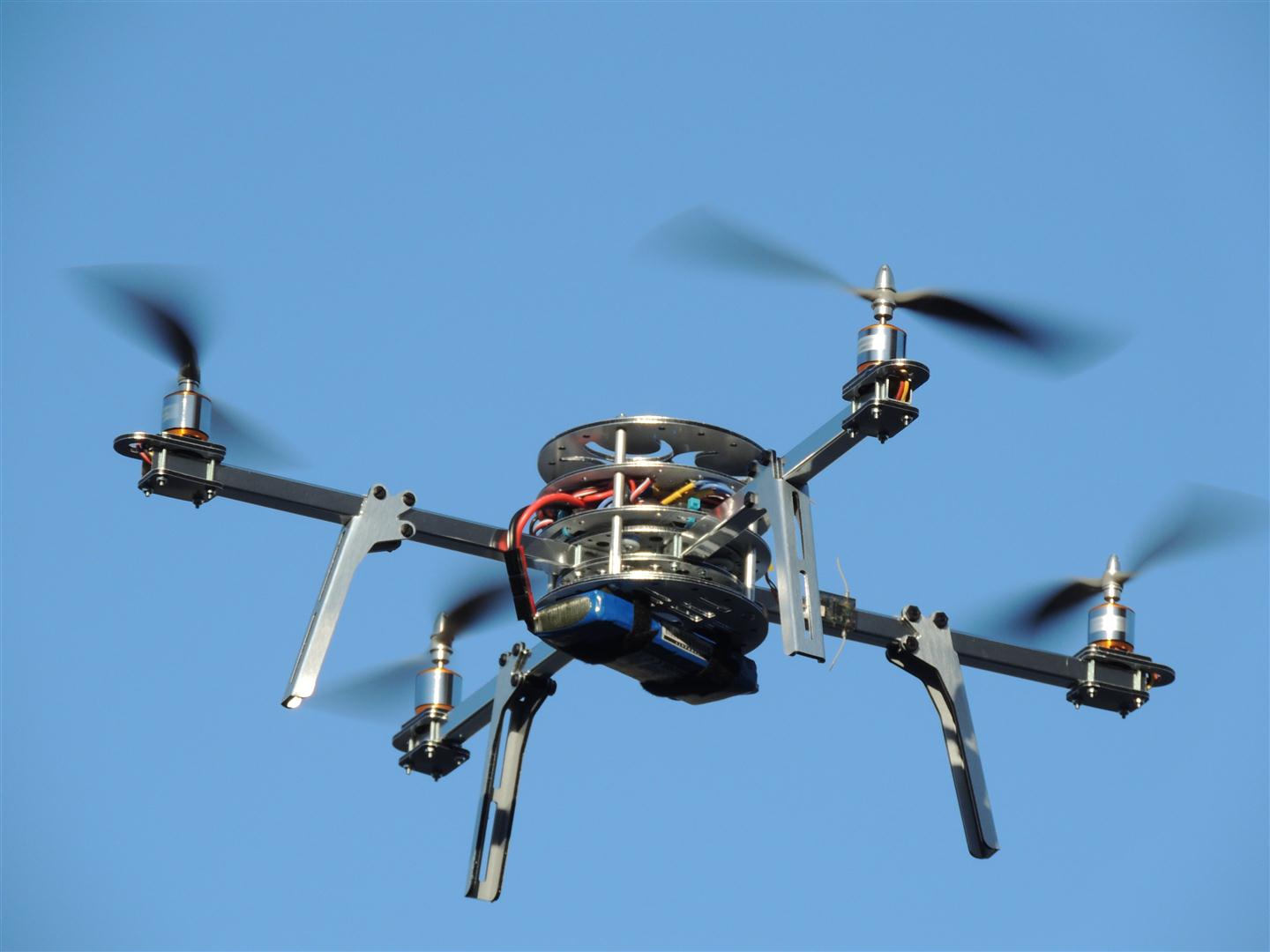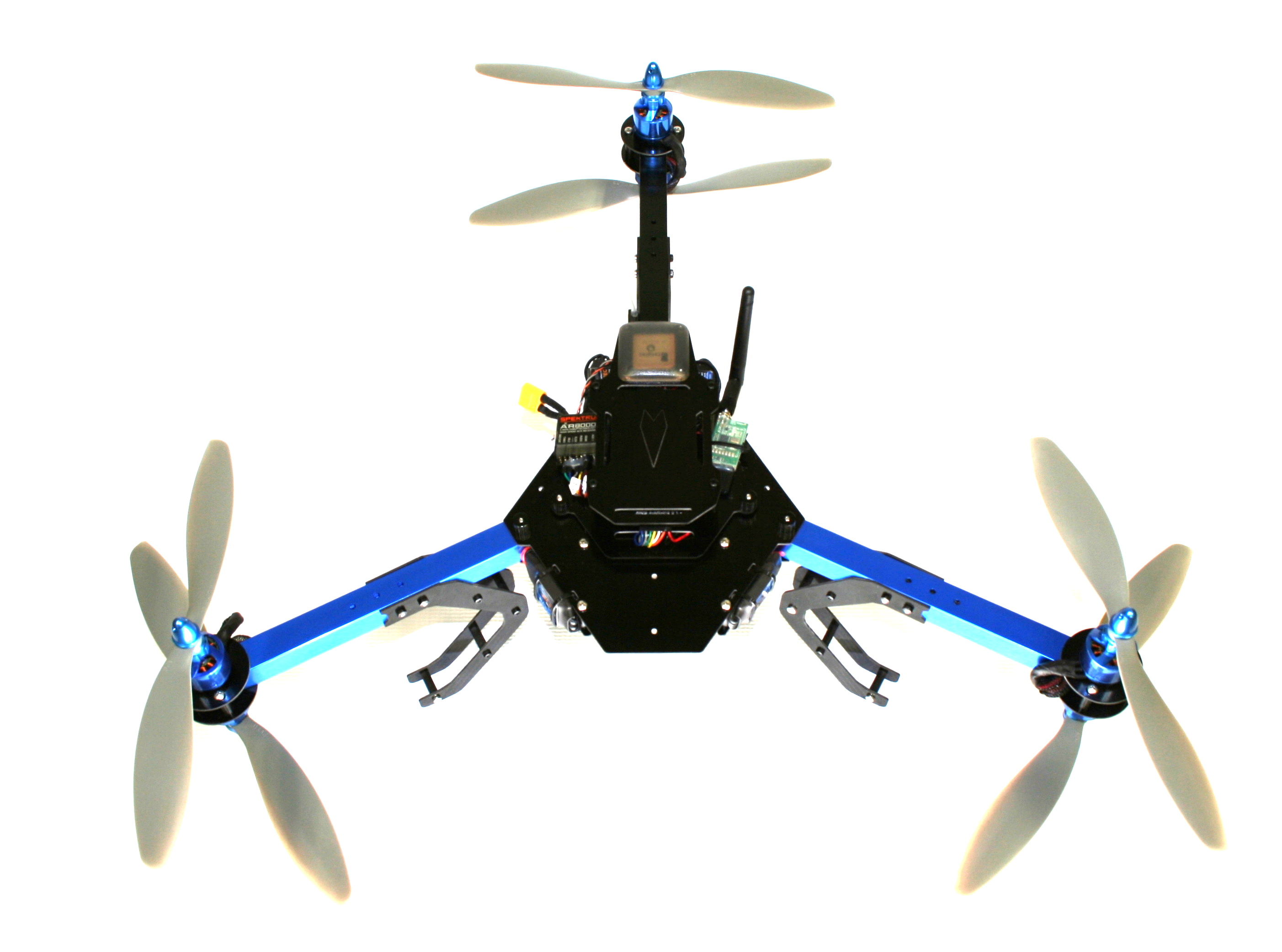UAV Basics -- Types of UAVs
2013-09-02
This will be the first of a series of articles about the basics of UAVs. Today we start with the different types out there.
The first is your standard airplane model. This one is the Rhino UAV, which is a project intended to help anti-poaching efforts:
The design is similar to all the model airplanes that have been out there for years. The only real difference is that the on-board electronics can be made sophisticated enough to fly to a destination without any human input.
The other kind of flying UAV is the helicopter type, though the traditional helicopter doesn't seem too popular to build. The multipod design, especially quadcopters, seem more widespread.
There were a number of historical attempts to build a multipod, but the single-rotor helicopter became preferred in general aviation, despite the problem of the torque on the blades inducing it to spin. The reason seems to be that slight differences in motor speed, weight balance, and propeller shape tend to make multipods unstable. The pilot has to make constant corrections for this, and it becomes too much of a mental load. Meanwhile, the helicopter's torque problem was solved with a simple rear vertical propeller, so everybody just did that.
Now we have cheap microcontrollers, gyros, and accelerometers for automatic stabilization. That takes the load off the pilot, making this a viable design. Quadcopters have particularly grown in popularity of late.
One variation I'm interested in is this 3-armed, 6-propeller design from 3D Robotics:
The dual prop design lets it have high lifting capacity in a small package.
UAVs don't just fly, though. They drive and swim, too. Google's self-driving car is essentially a UAV. The ASV Roboat is an autonomous sailboat used for research into the endangered harbor porpoise in the Baltic Sea:
Most of what I'll be working on is the flying variety, though.




